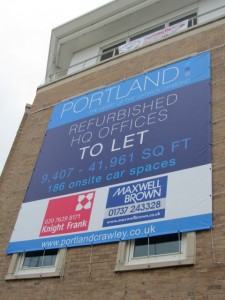Finding development opportunities
We thought it would be useful to discuss, in this article, about how our developer clients and contacts find sites. Often developers ask whether we know of any sites that could be acquired for development and so we have included some of the skillls we have used ourselves. We are more than happy to help.
Researching your local market, niche or area of particular skill in terms of development is an important first step to ensuring you find out about potential opportunities. There is a wealth of information available on the Internet including online databanks such as www.propex.co.uk and subscription services like www.egi.co.uk. Local Authorities can also be a good source of information. You could also look through auction lists prior to sale day and approach sellers direct.
Local knowledge can also be updated and added to by keeping in contact with agents, surveyors, architects, contractors and other developers and investors in your area.
It is these personal networks through which many people gather information, intelligence and insight. As well as the people mentioned above you can also find new contacts through social media, for example LinkedIn has a range of property development groups, which you view here. Events are also a useful source of new contacts and are often run by membership organisations such as the British Property Federation.
One key aspect that is becoming more common when trying to find development opportunities, whether you are researching the market, building your local knowledge, contacts, networks or overall insight, is the sharing of information. Social media is underpinned by the notion of sharing information, but so are more traditional forms of gaining knowledge like events and membership of associations and so on.
Moreover, the sharing of information within your close-knit network of contacts should be encouraged and we certainly play our part are far as that is concerned.
Word of mouth is a frequent source of finding land opportunities and, once the plot of land has been visited, finding the owner is the next step. The Land Registry provides an easy-to-use and inexpensive online service to enquire about the ownership of land. With owner details in hand, the process of making contact can begin. We know of cases where the owners have been willing to sell the land without protracted negotiations.
One final aspect of finding development opportunities that we feel is important is to think laterally. Perhaps there are sites that have been overlooked, that pose too many problems for others or that initially don’t appear to offer a good return. By thinking laterally, and by working with others to help you, it is possible to achieve good returns from less obvious sites. |












